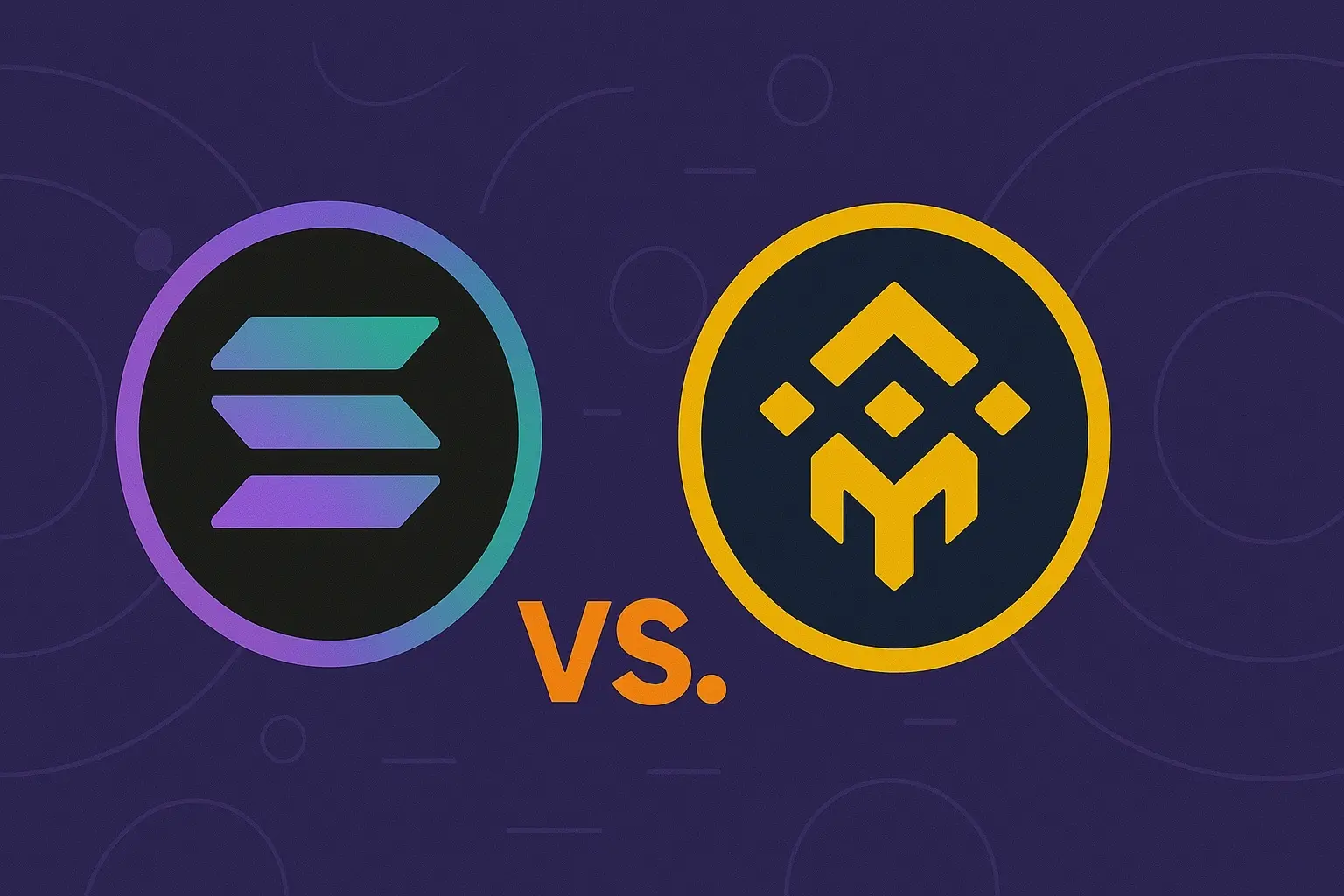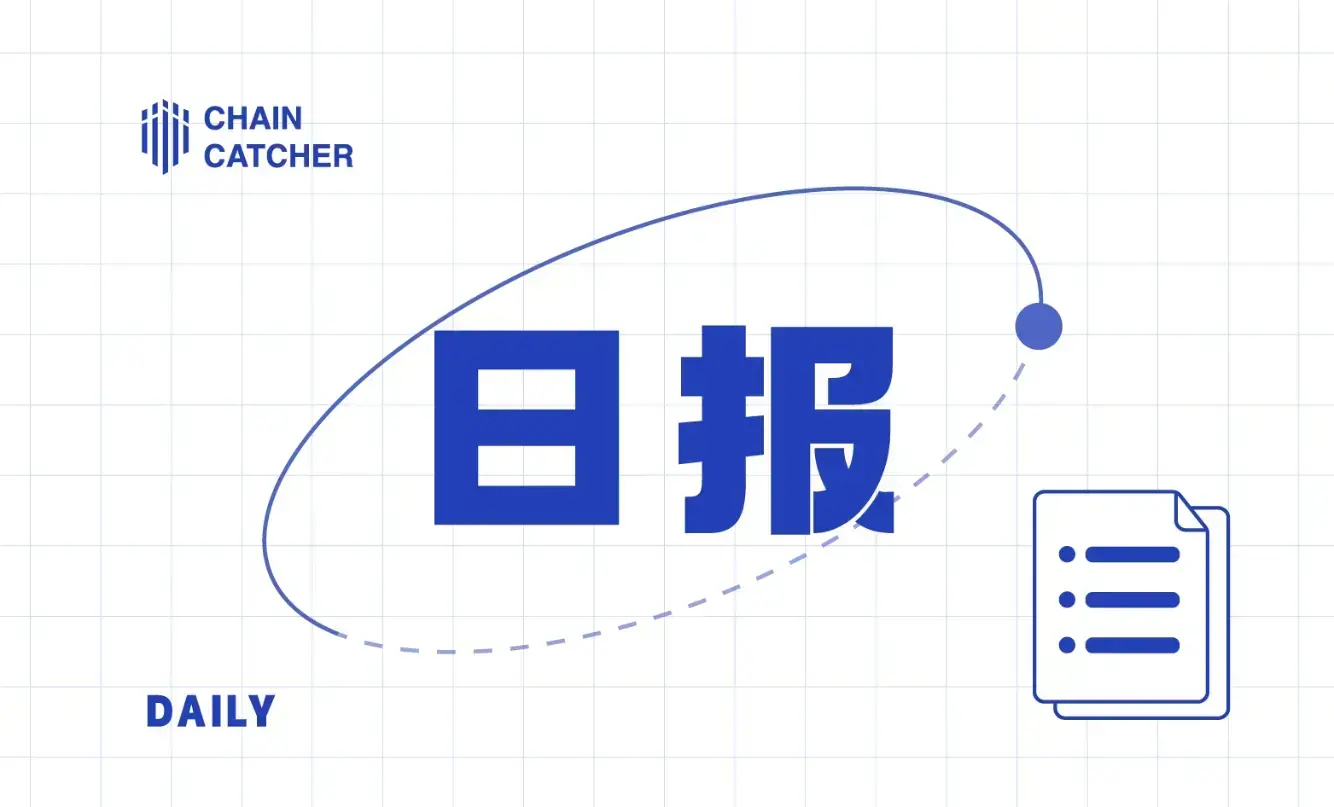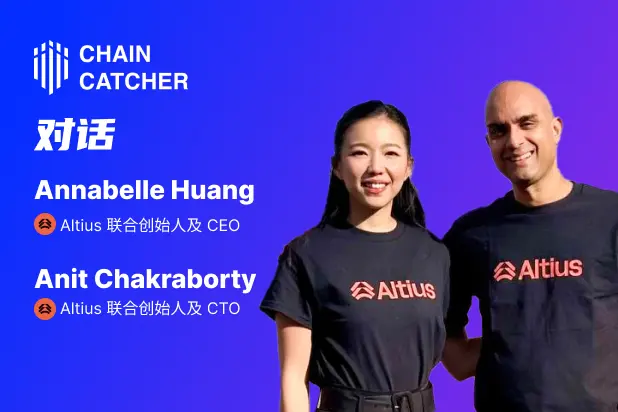Why is the TON network experiencing block production interruptions? A detailed explanation of underlying design limitations and validator issues
Author: Fu Ruo, Odaily Planet Daily
In August, TON is in deep trouble.
First, the founder of Telegram was arrested in France and released on bail, followed by significant doubts regarding the TON network's two block interruptions. These two crises have doused cold water on the increasingly heated TON ecosystem and further compressed its narrative space for the future.
Market attention has largely focused on the founder's arrest, with less emphasis on the technical failures, which are the real significant events affecting the future development of the TON ecosystem.
Why does the TON network frequently experience downtime? The community has various opinions on this. Odaily Planet Daily will analyze the TON white paper, relevant technical documents, and the current state of the network to explore the reasons behind the two block interruptions in the TON network.
Multiple Factors: Insufficient Number of Validators and Overly Complex Underlying Design
Event Review: On the morning of August 28, the TON network experienced its first block interruption, which lasted for 7 hours before resuming block production. However, less than 24 hours later, on the early morning of the 29th, TON experienced a second block interruption.
Surface Reason: Surge in DOGS Trading Volume Leading to Block Stagnation
The direct cause of the network's block interruption was the surge in DOGS trading volume.
DOGS is a meme coin that has gained significant popularity on the TON network recently, with a total supply of 55 billion coins, of which 72.73% is allocated for airdrops, and the only requirement for airdrop eligibility is a Telegram account. Recently, DOGS has been listed on several platforms, including Binance, leading to a sudden increase in on-chain transaction transfers.
As a PoS public chain, TON relies on its validator nodes to process and confirm transactions and package these transactions into blocks. Under normal circumstances, the blockchain network generates new blocks at set time intervals, but when the system cannot process all pending transactions in a timely manner, the block production process may be delayed or even interrupted.
Transaction overload is not uncommon in the blockchain field, with several networks, including well-known public chains like Bitcoin and Ethereum, having faced similar issues. When transaction volume exceeds the network's instantaneous processing capacity, the transaction verification speed significantly decreases. In the case of TON, the surge in transaction volume may overload validators, thereby slowing down the overall block production speed. This phenomenon is particularly evident during specific peak periods, as seen with the explosive popularity of DOGS, where the sudden influx of users led to transaction volumes exceeding the network's capacity, resulting in block delays.
Regarding the reasons for the two block interruptions, the TON Foundation explained that the overload from DOGS transactions caused garbage collection to overload many validators, leading to a prolonged loss of consensus.
Interestingly, TON successfully applied for a Guinness World Record last November due to a TPS of 104,715 during a public performance test. The official explanation citing DOGS transaction overload seems rather weak.
Deep-Seated Reasons: Design Limitations of the TON Network and Validator Issues
In reality, transaction overload is merely a symptom; the fundamental issue behind the TON network's block interruptions lies in its underlying design and validator mechanism. By analyzing TON's technical architecture, sharding mechanism, and the organization of its validators, we can examine why the TON network exhibits instability under extreme conditions from the following three perspectives.
1. Complexity of Sharded Chain Architecture: Challenges from High Scalability
The architectural design of TON is centered on high scalability and high performance, with its unique multi-layer structure of main chains, working chains, and sharded chains theoretically enhancing the network's processing capability through load distribution. However, this complex sharded chain structure also brings numerous challenges.
Each working chain can be further divided into multiple sharded chains, with each sharded chain responsible for processing transactions for different accounts. This design allows a large number of transactions to be processed in parallel across different sharded chains, thereby improving the overall network's TPS. However, when transaction volume surges, if the load distribution among certain sharded chains is uneven or validators fail to process a large number of transactions in a timely manner, it may slow down or even halt the block production speed of these sharded chains. Since sharded chains must remain synchronized with the main chain, if a critical sharded chain encounters issues, it may affect the block production process of the entire network.
TON's sharding approach is highly innovative, allowing sharded chains to be reduced to each responsible for only a few accounts or smart contracts, or even managing a single account or contract. However, this extreme sharding method also increases the complexity of coordination and management. While sharding technology is an effective means to enhance blockchain scalability, it requires highly efficient and stable coordination between each sharded chain and the main chain. Once a sharded chain encounters bottlenecks under extreme conditions, the entire network's block production process may be hindered.
2. Insufficient Number of Validators: Potential Risks to TON's Decentralization
Another significant issue for the TON network is the insufficient number of validators. Compared to other PoS public chains, TON has a notably low number of validators. Currently, the TON network has only 360 validator nodes, while Ethereum has surpassed 1 million validators, and Solana's validator count also far exceeds that of TON. This disparity in the number of validators directly impacts TON's degree of decentralization and network security.

In PoS networks, validators are responsible for verifying transactions, reaching consensus, and packaging verified transactions into blocks. The number of validators not only determines the degree of decentralization of the network but also directly affects the network's processing capability under high load. The low number of validators in TON means that each validator needs to handle more transaction requests. When transaction volume surges, validators may be unable to process all transactions in a timely manner, leading to block delays or even interruptions.
Moreover, TON has high hardware and network requirements for validators, and becoming a validator requires staking a significant amount of Toncoin. These high barriers limit the number of validators, allowing only participants with sufficient resources to join the ranks of validators. This not only restricts the degree of decentralization of the TON network but also exacerbates the issue of block delays during peak transaction periods.
3. Limitations of the Consensus Mechanism: Challenges of Byzantine Fault Tolerance Protocol Under High Load
The TON network employs a consensus mechanism based on Byzantine Fault Tolerance (BFT) theory, known as the Catchain protocol. This protocol is designed to maintain the normal operation of the network even in the presence of malicious nodes. However, when the number of validators is limited and some validators are unable to participate in consensus due to transaction overload, the efficiency of this mechanism is compromised.
The Catchain protocol operates on the principle that as long as the number of malicious nodes among participating validators does not exceed one-third, the network can reach consensus and generate blocks. However, when the number of validators is limited and the load is excessively high, multiple validators may simultaneously fail to respond, causing the consensus process to slow down or even become impossible, resulting in block stagnation.
Although TON's consensus mechanism is designed to be highly resilient, its actual effectiveness depends on the number and distribution of validators. When the number of validators is insufficient and the network load exceeds expectations, the efficiency of the Catchain protocol significantly declines, leading to a slowdown or even halt in block production.
Decentralization Level and Underlying Mechanism Defects Become Obstacles to TON's Development
TON has faced a series of challenges recently, starting with the arrest of the Telegram founder in France, which not only casts uncertainty on TON's future development but may also affect the collaboration between Telegram and the TON ecosystem. Telegram's 1 billion monthly active users were originally seen as a potential massive force for the development of the TON ecosystem, and this incident undoubtedly casts a shadow over future cooperation between the two.
Additionally, the TON network itself has experienced two consecutive block interruptions in a short period, further exposing its limitations under high load conditions. Although these two interruptions were caused by the surge in DOGS trading volume, the deeper reasons involve underlying design issues within the TON network. The complexity of the sharded chain architecture, the insufficient number of validators, and the decreased efficiency of the consensus mechanism under high load all indicate significant technical bottlenecks in the TON network's ability to respond to emergencies. These issues not only affect the current stability of TON but also pose potential threats to its long-term development.
The author believes that the TON ecosystem needs to improve in the following areas to ensure its stability and sustainable development.
- TON needs to increase the number of validators and lower the barriers to becoming a validator to attract more nodes to participate, thereby enhancing decentralization and the network's capacity.
- TON should optimize its sharded chain architecture to improve the coordination efficiency between sharded chains and the main chain, ensuring smooth operation in high transaction volume environments.
- Further optimization of the consensus mechanism is also essential; TON should explore how to enhance the efficiency of the Catchain protocol under high load conditions to ensure stable block production even in extreme situations.
TON has faced significant crises since its inception, relying on community governance to achieve rebirth. It also encountered low popularity and a barren ecosystem during its early development. The current situation is unlikely to pose a "fatal threat" to the once struggling TON ecosystem. It is hoped that TON can overcome its current difficulties, improve its network, and better meet future challenges, gradually building a stronger and more prosperous ecosystem.









